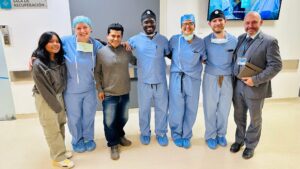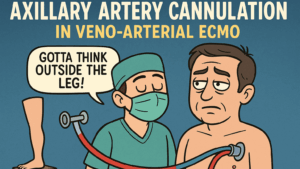Objectives: The objectives of this paper are to evaluate the incidence of early graft occlusion during hospital stays following coronary bypass surgery (CABG) and to assess the factors influencing the odds of in-hospital early graft occlusion. Methods: Reports evaluating the early in-hospital occlusion of coronary bypass grafts were identified through PubMed, Embase, and Cochrane databases. The primary endpoint was to determine the incidence of early graft occlusion following CABG before discharge and to identify and quantify the impact of demographic, clinical, and procedural risk factors on the occurrence of early graft occlusion. The meta-analysis was conducted using a random-effects inverse-variance model with the DerSimonian-Laird estimator, assessing incidence rates, risk factors, and study heterogeneity, with statistical analysis performed using Stata. Results: A total of 22 studies with 35,798 patients were included in the analysis. The overall incidence of in-hospital early graft occlusion was 5% (95% CI: 3% to 7%). In studies using symptom-driven patency assessment, the incidence of occlusion was 2%, whereas in those employing systematic graft patency assessment, it was 6%. Only the presence of a vein graft OR 2.13 (95% CI: 1.19-3.82) was significantly associated with in-hospital graft occlusion. Conclusions: The incidence of in-hospital early graft occlusion seems substantially underestimated if imaging is restricted only to symptomatic patients. Moreover, female gender, increased PI, and the presence of a composite graft could also be potential risk factors for this complication.
Keywords: computed tomography; coronary artery bypass grafting; early graft occlusion; graft patency; postoperative imaging.







